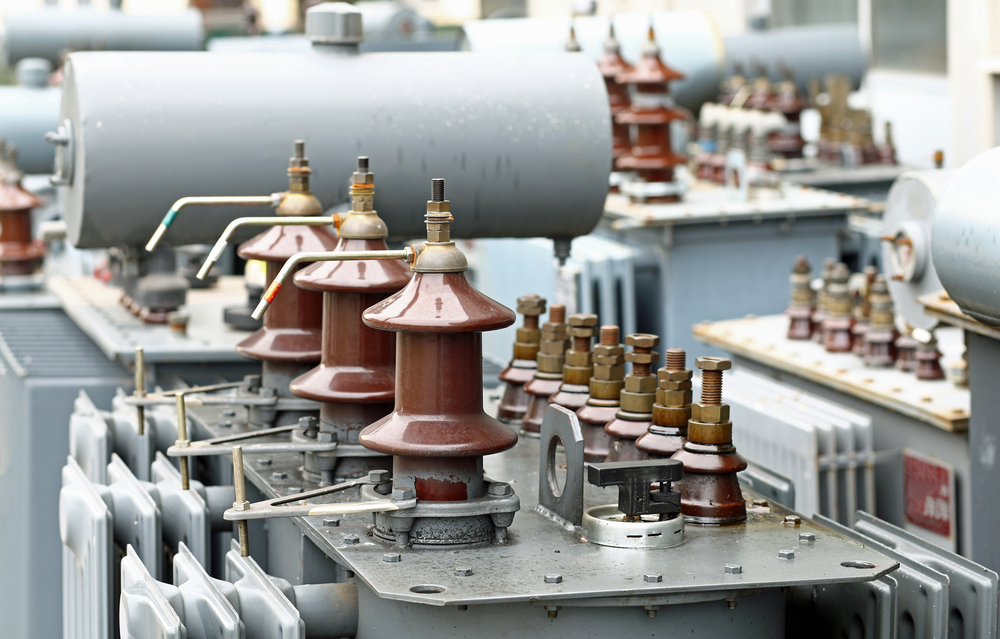The Nigerian Power Sector Reforms: Overcoming Post-Privatization Challenges
Posted on Thu 6 Aug 2015
- Download Resource
Additionally, severance benefits projected to be payable to the former PHCN workers, which was initially estimated by the Federal Government at N 400 billion, was undoubtedly, one of the early clogs in the wheel of progress of the privatization exercise.
Regrettably, and a clear mar on the entire privatization process, there were reports that most of the investors bemoaned taking over the generation and distribution assets of the relevant successor companies without conducting adequate due diligence on the assets. In truth, all of the privatized power companies and assets were acquired, based on assumptions, numbers and information issued by the federal government of Nigeria. Similarly, international lenders who had the capacity to provide longer term and cheaper loans did not participate in the privatization, but elected to wait and provide only working capital to successful bidders, and/or refinance existing facilities. Consequently, many of the investors obtained more expensive and shorter term loans.
Issues which could not have been reasonably foreseen by the investors, given the inability to conduct proper due diligence, subsequently surfaced shortly after the required initial deposits had been paid to the BPE. These led to agitations for longer tax holidays and subsidy schemes, which had been guaranteed to PHCN under the Multi-Year Tariff Order (MYTO).
Minimal improvement despite privatization
Fundamental sectoral issues, such as inadequate gas supply and grid capacity, were not given due consideration prior to commencing and completing the privatization of the generation and distribution successor companies. The transmission company was not privatized and the ownership of the transmission systems and infrastructure, remain with the Federal Government, although, a management contract was signed by Manitoba Hydro of Canada.
Some progress had been recorded in relation to ring fencing gas produced by gas producers in Nigeria for the sole purpose of fueling the generation of power but the available gas remains insufficient and cannot match the volume of gas necessary to operate the relevant gas-fired power plants. Fundamentally, there exist legacy debt owed to gas producers and the Nigerian Gas Company limited. These companies were, therefore, reluctant to provide more gas to the privatized power generation companies, until all or some of these debts were settled.
Furthermore, due to the inability of the distribution companies to raise cheap funds, and given the pressure to repay loans obtained from financial institutions, the distribution companies have not been able to upgrade decaying basic infrastructure for effective and profitable take-off. Additionally, most of the distribution companies do not receive sufficient electric power for on-sale to consumers and consequently they are unable to recover any cost expended on upgrading or improving electricity distribution infrastructure or equipment.
The foregoing, together with the inability of the distribution companies to properly meter (also due to paucity of funds) have prevented the successor-companies from performing optimally such that the improvement in the electric power sector has been marginal.
More Insight
 Thu 18 Apr 2024
Thu 18 Apr 2024Real Estate - Regulatory Update











